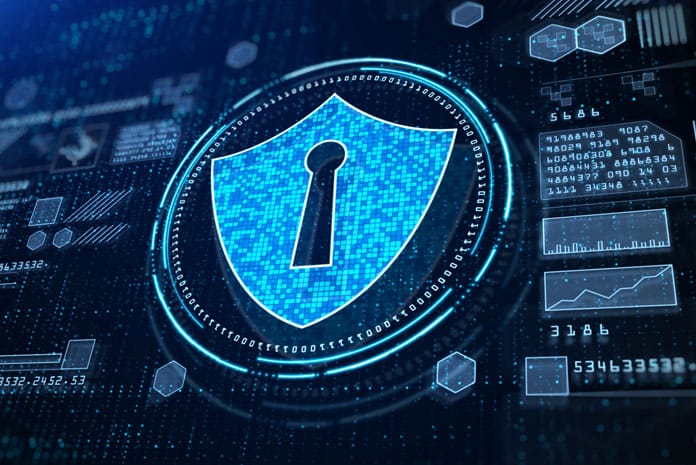By Harish Kumar, Co-Founder and CEO, RecogX.AI
Face recognition uses technology to identify people’s faces. Biometrics are used by face recognition systems to map facial traits from images or movies. To identify a match, it compares the data with the database of recognised faces. Face recognition aids in establishing a person’s identity but also raises privacy issues. Up until recently, facial recognition technology was generally thought of as science fiction.
However, during the previous ten years, this revolutionary technology has not only been made useful but has also gained considerable popularity. Recent technology headlines have made it nearly impossible to avoid reading about facial recognition. This technology helps many different sectors. To make the neighbourhood safer, law enforcement agencies employ facial authentication. The actions of retailers deter crime and violence, etc.
How it works:
For many years, facial recognition has been employed in movies, but it is rarely accurately portrayed. Each facial recognition system operates differently and is frequently based on unique algorithms, but you may categorise the technology used in the process into three parts:
Step 1 : The technique of identifying a face in a picture is called detection. You’ve probably used a camera that recognises faces and automatically focuses by drawing a box around them. Face detection isn’t inherently evil because it just looks for faces, not the people that are hidden behind them.
Step 2 : Analysis maps faces, frequently by measuring the space between the eyes, the contour of the chin, and the separation between the nose and mouth, and then transforms that information into a series of numbers or points that is frequently referred to as a “faceprint.”
A similar technique is used by the Instagram and Snapchat filters.
Although processing errors are still there, particularly those involving misidentification, can occur, this usually becomes a concern only when the faceprint is put into a database for recognition.
Step 3 : The process of attempting to identify a person in a photograph is known as recognition. This procedure is used for identification, which aims to provide a response to the inquiry “Who is in this picture?” or for verification. And this is when the more unsettling aspects of technology come into play.
The big leap:
One of the biggest drivers of the advancement of facial recognition technology has been COVID-19, which has been adopted by businesses all over the world as a way to cut down on employee and customer contact points.
Due to mandated lockdowns, healthcare providers all around the world were forced to resort to digital healthcare solutions. Many of these solutions use facial recognition and other biometric technology to confirm that people are who they claim to be. The pace of change around the globe is accelerating. Things in and beyond our control have an impact on both our personal and professional lives. Technology solutions are also being affected and are being forced to adapt to keep up and give us new possibilities for living productively and safely.
In the upcoming years, it is anticipated that technology will advance and generate enormous profits. The two main sectors heavily impacted by technology will be security and surveillance. Facial recognition technology will be implemented on school grounds, university campuses, and even medical facilities for better management.
The robotics industry is embracing complex technology from the facial technology sector. Researchers who study face recognition or analysis technology point out that it can be used for a variety of purposes, including helping robots interact with people by recognising their identities and emotions; finding lost children; tracking criminals; making it easier to use smartphones and cash machines; and diagnosing or remotely monitoring willing participants in some medical studies.
Governments all over the world are investing more money in facial recognition technology; in particular, the US and China are the market leaders in this area. The US government has decided to increase airport security by implementing a facial recognition system for visitor identification and registration. In certain US jurisdictions, police enforcement is permitted to conduct database searches that include details about a driver’s license and ID images. Police checks can also utilise facial recognition and the ensuing search tactics.
Concerns to beware of :
– The use of facial recognition technology to identify someone without their permission has the most privacy implications. This involves utilising non-legitimately created apps, such as real-time public surveillance or through a collection of datasets.
– Further, privacy and data breaches are potential drawbacks due to a lack of specific privacy policies and laws, as well as data exploitation. The likelihood of information being misused is very significant considering the daily increase in cybercrimes.
-It is crucial to guarantee reliable outcomes with such sophisticated technology. However, sometimes the same person is deployed with the incorrect person. If this occurs, it may allow unauthorised workers or employees access to the workplace.
-It is less dependable because it is still less efficient than fingerprint biosensors. Since the programme is still in its early stages, some problems must be rectified to improve authentication and validity.
-Strategies weren’t effective against early facial recognition systems.
Conclusion :
We should embrace the many advantages that facial recognition offers rather than dismiss it as a danger to our right to privacy since it is here to stay. While there are isolated instances of inappropriate use of facial recognition technology, thousands of cases show that, when implemented properly and with user consent, facial recognition is contributing to the creation of a safer environment, offering exceptional security, and improving customer experiences in a variety of settings.













